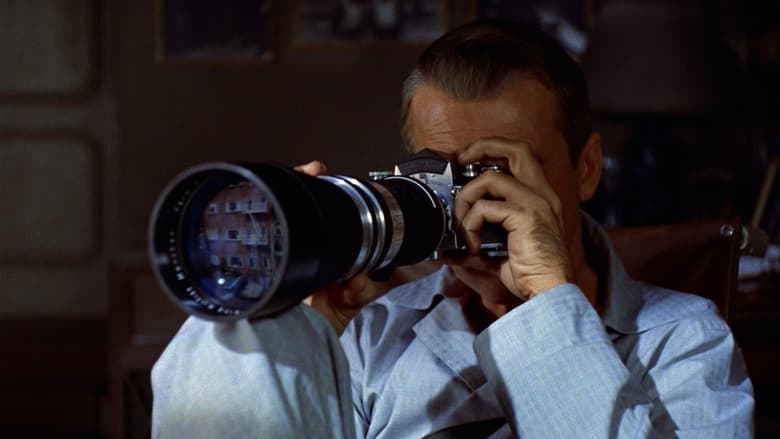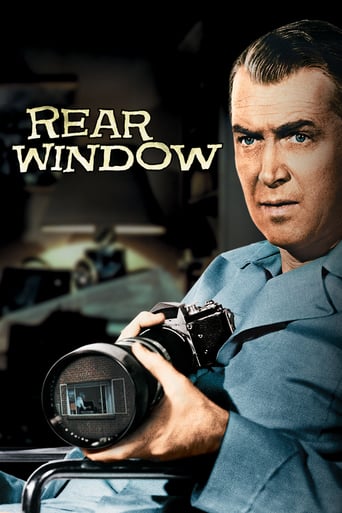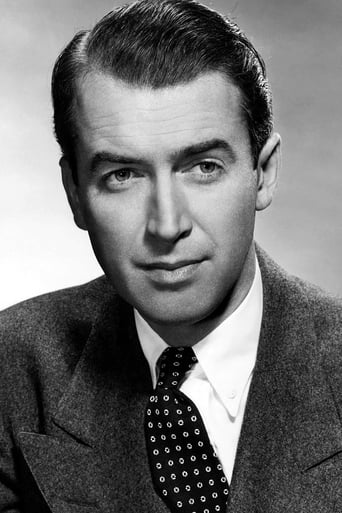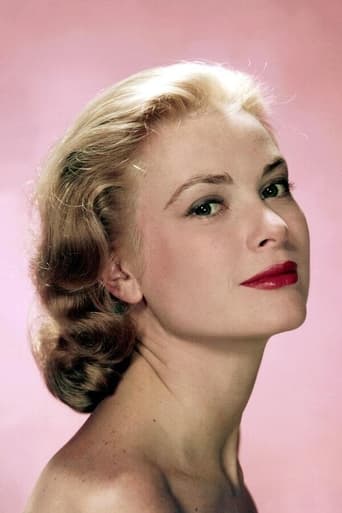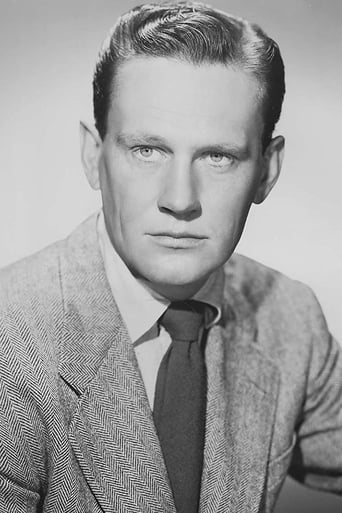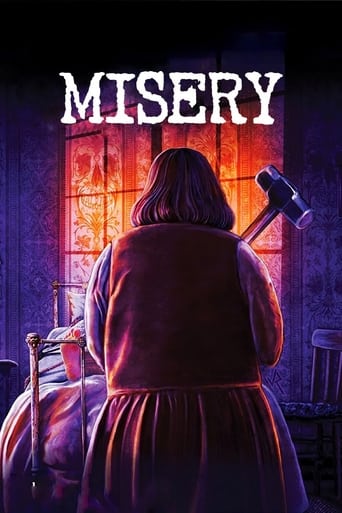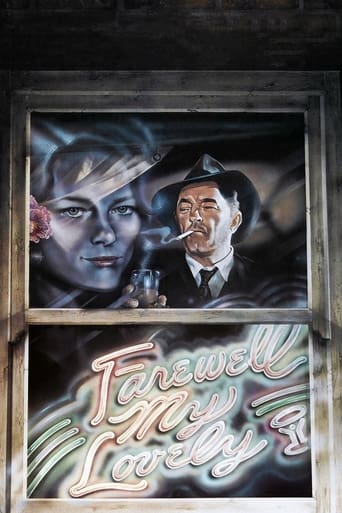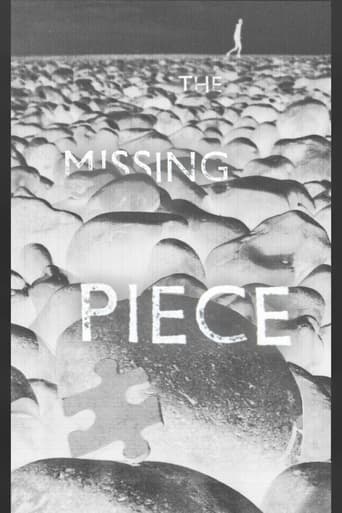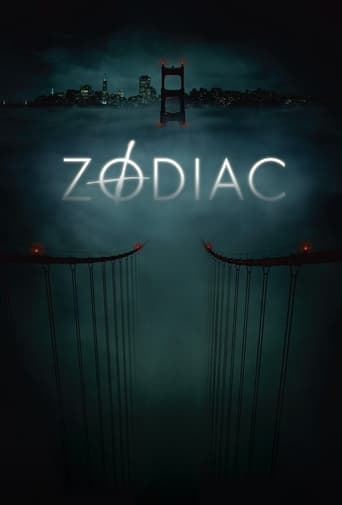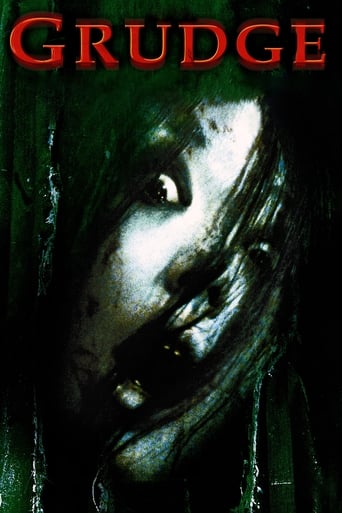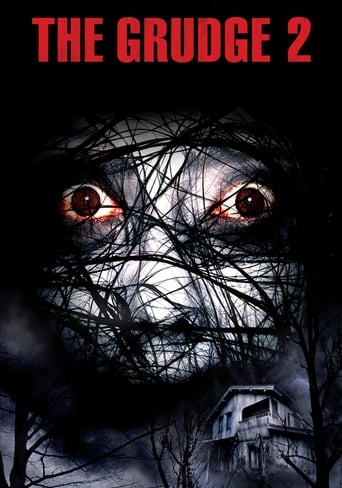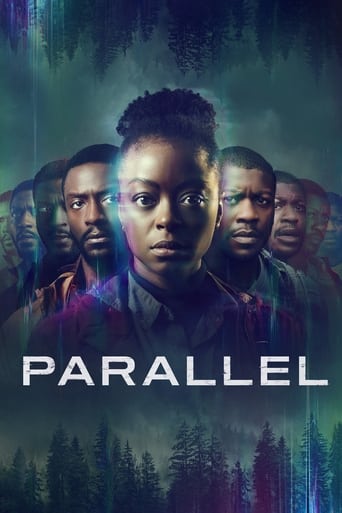Rear Window (1954)
A wheelchair-bound photographer spies on his neighbors from his apartment window and becomes convinced one of them has committed murder.
Watch Trailer
Free Trial Channels
Cast


Similar titles
Reviews
Am I Missing Something?
There is just so much movie here. For some it may be too much. But in the same secretly sarcastic way most telemarketers say the phrase, the title of this one is particularly apt.
A film of deceptively outspoken contemporary relevance, this is cinema at its most alert, alarming and alive.
The film's masterful storytelling did its job. The message was clear. No need to overdo.
Even though the whole movie takes places in an apartment, it is fluent and makes you curious about what's going to happen next.The script is written cleverly and as i watched i couldnt see any holes in it.The movie is about stalking and being curious about other human lives.This is an instinct that we all have, we compare ourselves with others and we learn about life as we observe people around us.Hitchcock also wanted to show types of relationships between men and women through the neighbors we see in the movie.For the 1950s, Rear Window is an amazing movie; well written, good acting and sets a foundation to all the movies we've seen so far about spying. Most of the thriller horror movies are based on Hitchcock's movies.The reason he is considered one of the best directors in the history is that he accomplished the first of many films and inspired others that came after him.Rear Window is a true example for this.(Still feeling bad about the poor dog..WHY)
The movie Rear Window which was released in 1954 and directed by Alfred Hitchcock has proven to be a gripping and exciting movie that leads the viewer through a mystery. The main character L.B. Jeffries, played by James Steward, investigates a murder that he believed happened but has no real evidence to prove which he acts wonderfully in and makes the movie very exciting. This movie makes one evaluate the freedom that we have but also makes the viewer question is what L.B. Jeffries saw something that he should be concerned about and is he disrespecting others privacy.The main theme in the movie gives it an interesting feeling because of the general plot that is around what Jeffries sees when he looks out his window and spies on his neighbors. The way that the plot goes it suggests from the beginning that there is going to be a problem at some point because of the way that the dialog goes. From this when Jeffries is talking to Stella it seems clear that he is looking out the window too much and paying attention in a way to other people where he is seeing more than they may want to make public. At first, when Lisa Fermont comes to the apartment it seems that she is going to be able to talk some sense into Jeffries telling him that the observations that he is making are crazy, but then she ends up believing him and just contributing to his observations and obsession to see what his neighbors are doing. But, as the movie goes on we learn that the events he is seeing may not be so far-fetched and the evidence starts to build up suggesting that his neighbor Thorwald might have killed his wife. In the end, Doyle realizes that he was wrong and even though that Jeffries might have been going a little crazy he was still sure of what he saw in the window which was proven to not be in his imagination in the end.The movie gets even more suspicious when a detective friend of L.B. Jeffries, Thomas Doyle played by Wendell Corey, enters and initially doubts Jeffries because of circumstantial evidence. This is just the beginning of the character development for Doyle who starts doubting Jeffries then evolves over time to believe him more and eventually agree with accusing Thorwald of the murder. While Doyle may doubt Jeffries and his friends originally and want to have no part of the case, I believe that he eventually comes to realize that he knows Jeffries and that he may not be that crazy after all. This leads him to take another look at the case after Jeffries and Lisa Freemont find more evidence that suggests that the letter and things Doyle has found may not be true.The cinematography in the movie is very good and makes what is a small space feel very big and exciting with many different camera angles and tricks used. This is one of the largest factors that makes the movie exciting with the cuts from window to window and across the alley which show in an exciting way what is going on in all the different apartments. The cinematography is what makes the movie interesting because if it were shot in a different way the movie could very easily lose the viewers' attention. One of the most important and interesting shots in the movie is the opening shot where the camera pans through the alley setting the scene. This is very important because it really establishes the location where the events take place with a type of camera movement that we do not see many other times in the movie.Overall I would definitely recommend this movie to others because of the good cinematography, exciting storyline and good actors and actresses. I would give this movie an 8/10.
Alfred Hitchcock's 1954 film, Rear Window, features a shocking neighborhood murder, only to be uncovered by a peeping wheelchair-bound photographer, L.B Jefferies, and his cover girl girlfriend Lisa Fremont. How we know such details from each character is due to Hitchcock's panning and fantastic sense of mise en scène. At the opening of the film, what is first seen is the window the main character L.B. Jefferies spends his days looking out of. From there, the camera's motion moves as if it were to float about the neighborhood, catching the neighbors, sleeping Jefferies, his shattered camera and a magazine with his girlfriend on it. Without getting too into it, Hitchcock had already planted important information into the viewer's mind without having to achieve the same thing through an extensive amount of dialogue. Very aware of what and how people and objects are placed, he knew precisely what he was doing. One of the first things the viewer learns about the photographer is that he seems unhappy to be in a relationship with a 'perfect woman', he finds him and Lisa to be incompatible due the fact that the two come from different worlds. Each neighbor featured in a way relates to Jeffries's relationship situation or relationships in general. For example, there was a moment where the shot was focused on Miss Lonelyhearts raising her glass to nobody, and Jefferies did the same. This could because Not to mention the most obvious aspect of the film, the one vantage point. Hitchcock creatively chose to limit the motion of the camera to the motion of the main character. Doing this, it is impressive how he envisioned and conveyed what he wanted using other camera techniques. For example, he used close ups on several neighbors to shift the focus onto them. In addition, there were several closeups of both Jeffries and Lisa individually and together. The proximity in these shots along with the eye leveled position of the camera play a role in how intimate the viewer gets to the character, including their feelings and emotions. This, I believe creates a more intense feeling when suspense is reached towards the end of the film. The use of light is also intriguing. Its symbol of clarity and when not present, obscurity. Having this in mind, it is important to mention that whenever the characters had to hide from the gaze of Mr.Thorwald, they would retreat into the darkness. In addition, whenever Lisa came over to talk to Jeffries about the potential murder, she would turn the lights on, begging for him to stop scaring her and talking nonsense. However, when she began to believe him, she stood in the darkness alongside him. Lights were also turned off when Mr. Thorwald found Lisa with his wife's jewelry, right before he attacked her. Not to mention that light was also used to fend away the big angry Thorwald from strangling Jefferies sooner. Besides that, where the film stands in the beginning, is drastically different to what it becomes later in the film. A man with relationship problems quickly turns to a gang attempting to catch a neighborhood murderer. However, this change is not remotely noticed, which makes it important to note. The suspense portrayed was incredible. The unsafe and dangerous measures that Lisa went through to invade the Thorwald apartment was only the beginning of a very hair-raising, intense ending. There were very sudden moments in between cuts where Lisa would be shown and the terrifying responses from Jefferies and Stella would also be shown right after. Meaning that there were moments where we couldn't see when Thorwald was coming or not. The film was an overall great thriller to experience.
The dialogue between Jimmy Stewart and Grace Kelly is light and effective. Stewart is type casted as his normal smart but clumsy guy role. The "enemy" or "bad guy" actor is picked very well. Outside of the story and plot, the ambience and setting of the film is the added treat. Peering into the live of strangers and their routines and guessing their life. It's a nice breather between plot developments.

